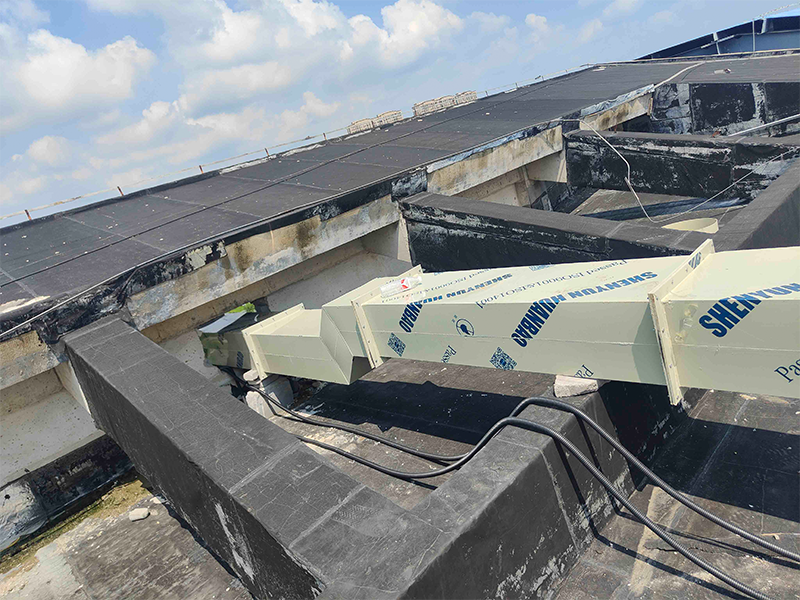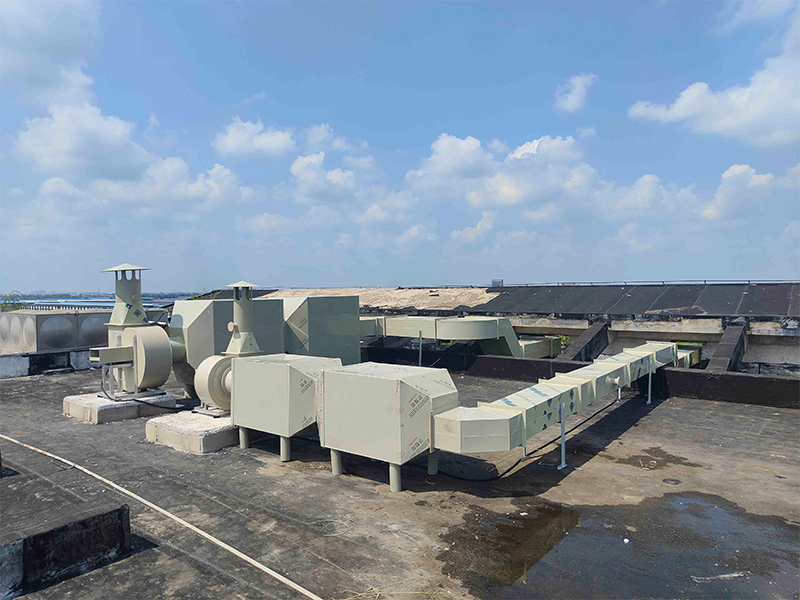Let’s be real: a lab without good ventilation? That’s basically a ticking time bomb. You need a system that sucks out the nasty stuff before it gets anywhere close to your lungs, but you also don’t want to torch your budget on wasted energy. It’s a balancing act—kind of like juggling test tubes while blindfolded. Not recommended.

First off, layout matters. You can’t just slap down a couple of vents and call it a day. Inlets and exhausts need to be placed so air flows smoothly, like in those satisfying slow-motion videos, not swirling around creating weird pockets of doom. And hey, if you’ve got a bunch of bulky equipment, you gotta think about how that messes with airflow. CFD simulations? Super geeky, but honestly, a lifesaver here.
Let’s talk energy. Variable Air Volume (VAV) systems are pretty much the MVPs—they adjust to what’s actually happening in the lab, so you’re not blasting air full throttle when you barely need it. Pick fans that don’t sound like a jet engine and slap in some decent filters. Don’t forget regular checkups—clogged filters are energy vampires.

If you’re not tying your setup into a Building Management System, what are you even doing? Real-time monitoring means you can tweak stuff on the fly—raise the airflow when someone’s playing mad scientist, chill it out when the lab’s empty. Automated controls do most of the thinking for you.
And, honestly, the people in the lab need a clue, too. If they’re blocking vents with boxes or leaving the fume hood wide open, they’re sabotaging the whole system. Quick training goes a long way—seriously, just teach folks the basics.
Wrap it all up and you’ve got a lab that’s safe, efficient, and doesn’t bleed money. Good ventilation isn’t just a box to tick—it’s the difference between smooth sailing and chemical chaos.


